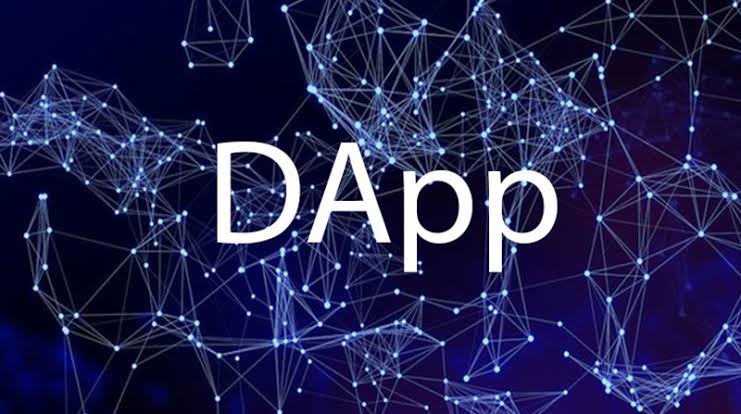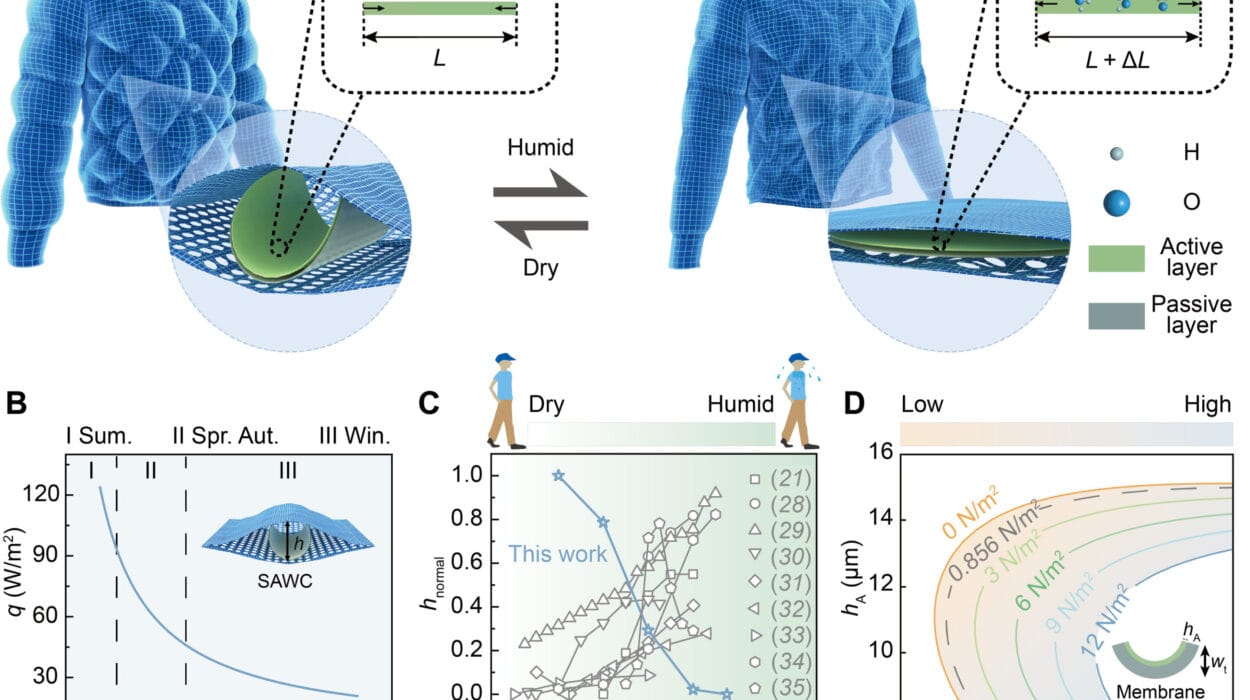We are living in a time when the internet itself is evolving. The static websites of the 1990s gave way to dynamic social platforms in the 2000s, and now, a new paradigm is emerging: decentralized applications, or DApps. Unlike traditional apps, DApps live not on the servers of a single corporation but across a blockchain network, secured by cryptography and governed by code that cannot be tampered with. This shift is not just technological — it is philosophical. It represents a movement toward user empowerment, transparency, and community ownership.
Building a DApp is not merely about writing code; it is about weaving trust into the architecture of an application. When you build on a blockchain, you are promising users that the rules are set in stone and that no hidden hand can rewrite them in the dead of night. It is a craft that requires equal parts technical skill, design thinking, and a deep respect for the principles of decentralization.
This journey — from conceiving a smart contract to delivering a smooth frontend experience — is one of the most exciting challenges in modern software development. And it begins where all revolutions begin: with a problem worth solving.
The Spark That Starts It All
Every meaningful DApp begins with an idea. But unlike many traditional apps, the most compelling decentralized applications emerge from a frustration with the current order of things. Maybe it is the lack of transparency in supply chains. Maybe it is the unfair revenue distribution in content platforms. Or maybe it is the realization that digital assets should not require a trusted third party to manage them. Whatever the spark, it must be rooted in a need that decentralization can uniquely address.
Once you have the seed of an idea, the next question is: which blockchain will be its home? Ethereum, with its mature smart contract ecosystem, is often the first choice. But alternatives like Solana, Polygon, Avalanche, and Binance Smart Chain each offer their own strengths in scalability, fees, and developer tools. This choice is not trivial. It will shape the entire technical and user experience of your DApp.
Entering the World of Smart Contracts
The heart of any DApp is its smart contract — the self-executing code that lives on the blockchain. A smart contract is both the backend logic and the law of the land. It does not just process requests; it enforces rules with mathematical certainty.
Imagine a vending machine that sells digital tokens instead of candy bars. You put in your payment (in cryptocurrency), and the contract releases the goods automatically. There is no human cashier to persuade, no central authority to override the outcome. The rules are in the code, and the code is on the blockchain for all to see.
Writing a smart contract is an exercise in precision. In Ethereum’s world, Solidity is the language of choice. In Solana, it may be Rust. In other ecosystems, you might find languages like Vyper or Move. But regardless of the language, the principles remain: define your state variables, create functions to manipulate that state, and ensure security at every turn. A bug in a traditional app can be patched with a quick update. A bug in a smart contract can lock away millions in funds forever.
The Architecture of Trust
Designing a secure smart contract is not simply about writing fewer bugs — it is about anticipating the intentions of every potential user, including those with malicious aims. This is where the blockchain developer must think like both a programmer and a game theorist.
Reentrancy attacks, integer overflows, access control flaws — these are not theoretical risks. History is littered with high-profile DApp failures where a single overlooked vulnerability cost users millions. This is why testing in a local development environment, deploying to a testnet, and conducting formal audits are not optional steps; they are the heartbeat of trust.
The best smart contracts are also elegant. They do not do everything under the sun. They focus on the core logic, delegating auxiliary functions to off-chain processes when possible to save on gas fees and complexity. Just as a great poem says much with few words, a great contract enforces much with few lines of secure code.
Bridging Blockchain and Browser
Once your smart contract is deployed, it exists as an autonomous entity on the blockchain. But to ordinary users, an address full of hexadecimal characters is not a friendly interface. This is where the frontend comes into play. The frontend is the bridge between the cryptographic heart of your DApp and the human beings who will use it.
A traditional frontend might connect to a centralized server via HTTP requests. In a DApp, it communicates directly with the blockchain through a provider like MetaMask, WalletConnect, or Phantom. This is made possible by libraries such as web3.js or ethers.js in the Ethereum ecosystem. The frontend must be designed to not only display data from the blockchain but also to initiate transactions — each one a signed, irreversible action by the user.
Designing this interface is a balancing act between functionality and simplicity. Blockchain concepts can be intimidating, especially for users unfamiliar with private keys, gas fees, or network confirmations. A thoughtful DApp designer hides the complexity without hiding the truth. The user should feel empowered, not overwhelmed.
User Experience in a Decentralized World
The UX of a DApp is unlike that of a centralized app. In a centralized world, developers can smooth over network delays, retry failed operations silently, and even roll back transactions. In a decentralized world, a transaction is either confirmed by the network or it is not. The time this takes can range from seconds to minutes, depending on network congestion.
A good DApp anticipates these delays and communicates them clearly. Progress indicators, transaction history logs, and informative error messages go a long way in maintaining user trust. Every point of interaction is a chance to reassure the user that they are in control and that the system is behaving predictably.
Another unique UX challenge is onboarding. Asking a new user to install a crypto wallet, buy tokens, and switch to the correct network is a tall order. Many DApps now integrate fiat onramps, guided wallet setup flows, and clear explanations of blockchain concepts to make this journey less daunting.
Testing the Boundaries
Before a DApp can launch to the public, it must prove itself under fire. Testing in blockchain development is more than making sure functions return the expected outputs. It is about simulating real-world scenarios, including network congestion, malicious input, and edge cases that might never occur in a centralized app.
Local blockchain simulators like Hardhat or Ganache allow developers to deploy contracts and interact with them in a controlled environment. From there, testnets such as Ropsten, Goerli, or Mumbai provide a public sandbox where anyone can interact with the DApp without risking real funds.
But perhaps the most critical stage of testing is the security audit. Whether performed in-house or by specialized firms, an audit examines the contract’s logic, data flow, and resistance to known attack patterns. An audited contract does not guarantee safety, but it significantly reduces the risk of catastrophic failure.
Launch Day and Beyond
Deploying a DApp is an exhilarating moment. With a single transaction, your code becomes part of the blockchain’s permanent history. From that point forward, it runs without your direct control — a liberating and terrifying reality.
But launch is not the end. A DApp lives within an ecosystem of evolving protocols, wallets, and community expectations. Maintaining it means engaging with your users, responding to feature requests, and sometimes deploying upgraded versions of the contract (when upgradability is built in). It also means keeping an eye on the broader blockchain landscape, as new tools and scalability solutions emerge that could enhance your app.
The Human Side of Decentralization
It is easy to get lost in the technical labyrinth of blockchain development. But at its core, building a DApp is a deeply human endeavor. Every line of code exists to serve someone — to give them a tool, a voice, or an opportunity they did not have before. The blockchain is not a magic wand; it is a canvas. What you paint on it depends on your vision for how people should interact with technology, with each other, and with the systems that govern their lives.
In this sense, the most successful DApps are those that understand both sides of the equation: the mathematical rigor of the smart contract and the messy, emotional realities of human behavior. They do not just work flawlessly; they feel right to use.
Looking Ahead: The Evolution of DApps
We are still in the early days of decentralized applications. Many of the UX challenges we face today will be solved by tomorrow’s infrastructure. Gas fees may become negligible. Wallet setup may be as seamless as creating a social media account. Interoperability between blockchains may allow DApps to serve users across multiple networks effortlessly.
But the core principle — that users should own their data, control their assets, and trust the rules because they can see the rules — will remain. And for developers, that principle is both a responsibility and an invitation: to build applications that not only innovate but also respect the agency of those who use them.






